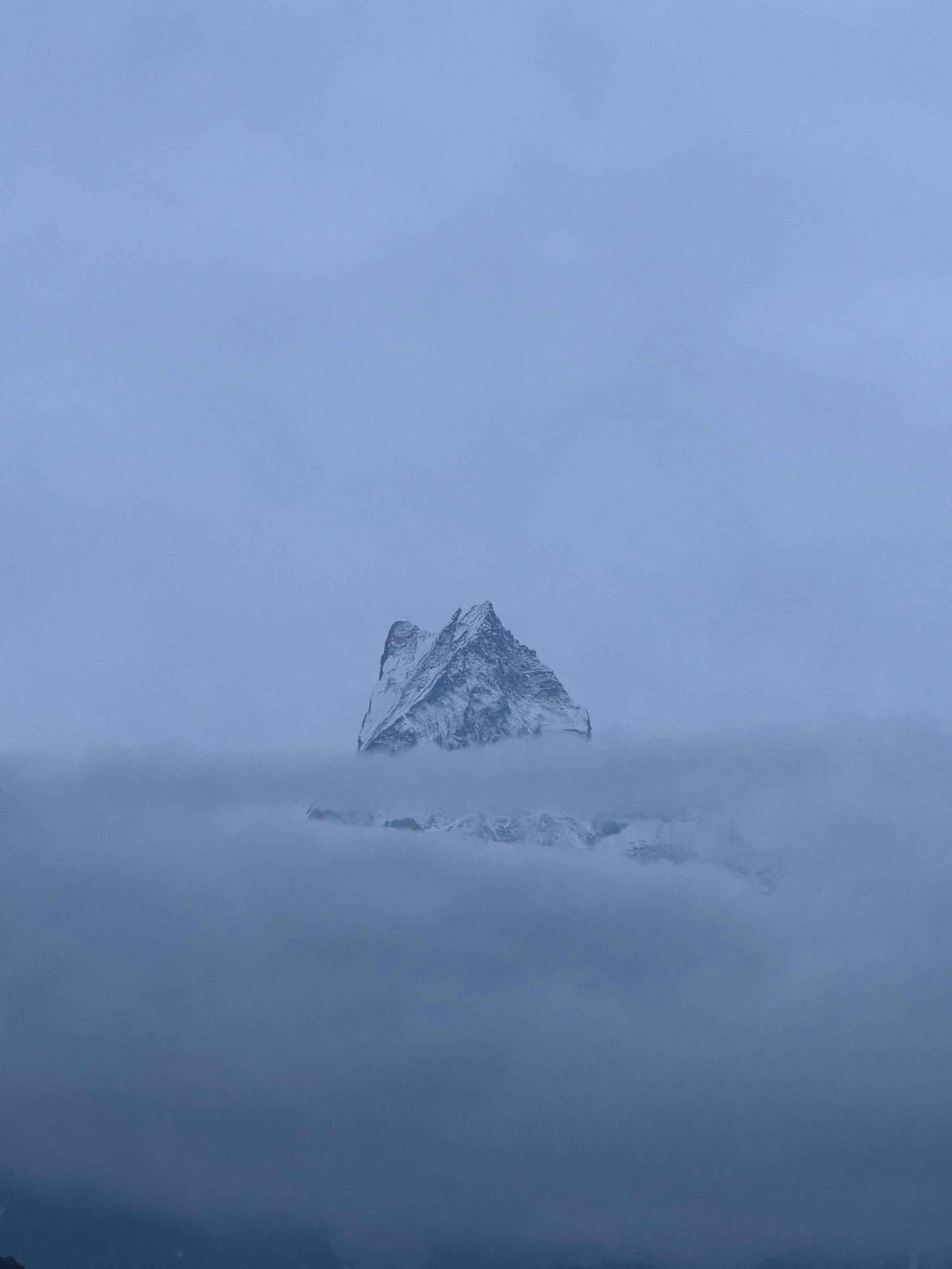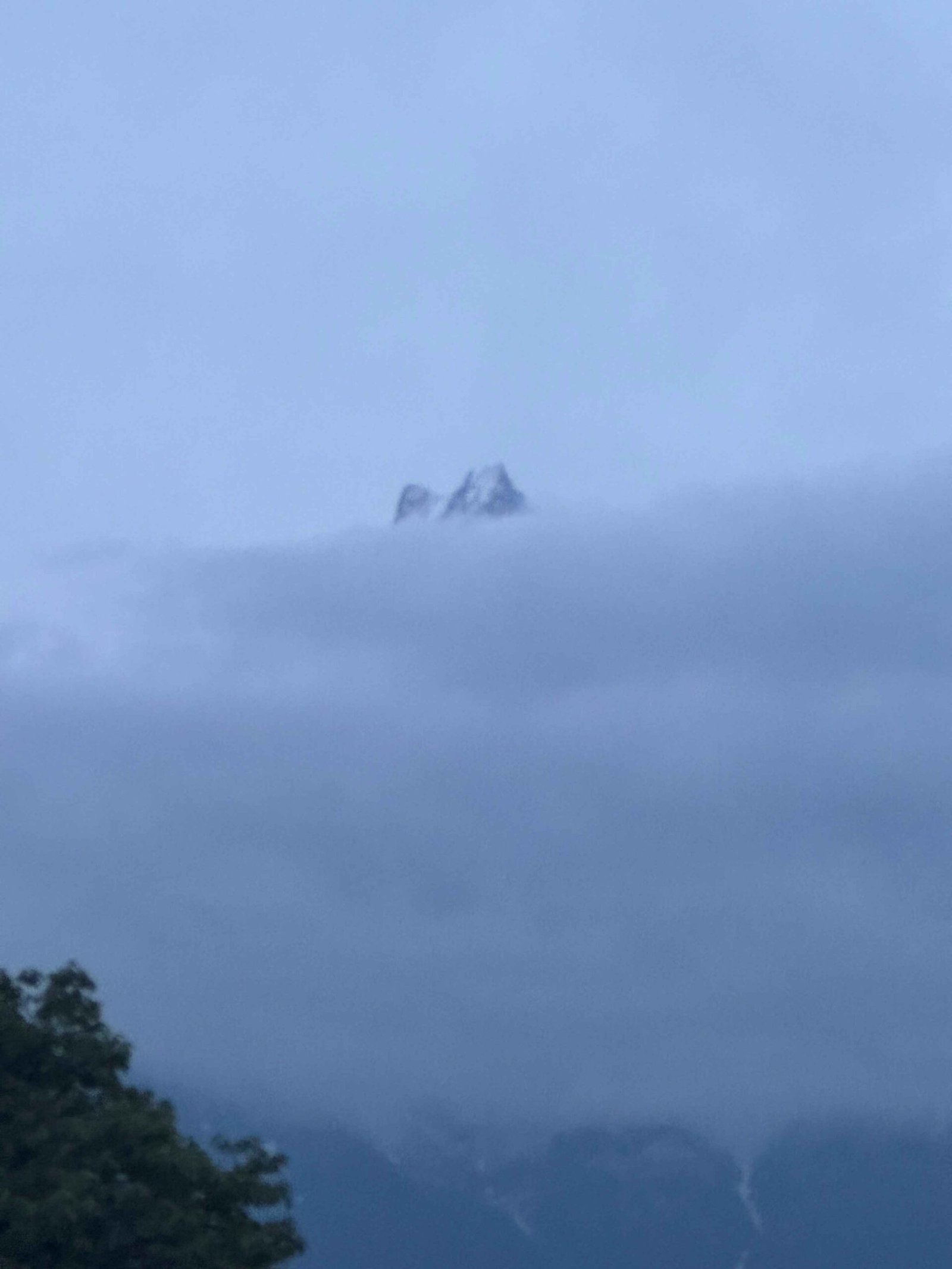
Mera Peak Climbing in Nepal
Mera Peak Climbing in Nepal is one of the most sought-after Himalayan adventures for trekkers and beginner climbers worldwide. Rising proudly at 6,476 meters (21,247 ft), Mera Peak is officially the highest trekking peak in Nepal, making it a perfect stepping stone toward bigger Himalayan expeditions such as Island Peak, Lobuche Peak, or even Ama Dablam and Everest.
While not technically difficult, climbing Mera Peak requires strong determination, proper acclimatization, and a well-planned itinerary. The journey takes you deep into the untouched Hinku Valley, where you walk through forests, rivers, Sherpa villages, glacial terrain, and finally the icy slopes leading to the summit.
This comprehensive guide will walk you through everything you need to know before planning Mera Peak Climbing in Nepal including a detailed day-by-day itinerary, best seasons, gear, cost breakdown, permits, safety tips, and frequently asked questions.
Whether you’re a first-time climber or an experienced trekker aiming for your first 6,000-meter summit, this guide will help you prepare like a pro.
Why Mera Peak Climbing in Nepal Is So Popular
Mera Peak Climbing in Nepal attracts thousands of adventurous travelers every year because it offers:
1. A Perfect Entry into Himalayan Mountaineering
Mera Peak involves glacier walking, short technical sections, and use of basic climbing equipment such as:
Ice axe
Crampons
Ascenders
Harness
Fixed rope
But unlike technical peaks, Mera Peak does not require advanced climbing skills, which makes it ideal for beginners.
2. One of the Best Summit Views in the World
From the top of Mera Peak, you get a 360-degree view of five giant Himalayas over 8,000 meters:
Everest (8,848m)
Lhotse (8,516m)
Makalu (8,485m)
Cho Oyu (8,188m)
Kanchenjunga (8,586m)
No other trekking peak in Nepal offers such a wide and majestic panorama.
3. A Remote, Less-Crowded Trail
Unlike popular routes like Everest Base Camp or Annapurna Base Camp, the Mera Peak trail is peaceful, remote, and filled with raw Himalayan beauty.
This gives you a sense of true wilderness trekking.
4. High Success Rate
With proper acclimatization, the success rate for Mera Peak is above 85%, making it a rewarding experience even for first-time climbers.
Detailed 16-Day Itinerary for Mera Peak Climbing in Nepal
This is the most preferred and safe itinerary for maximum acclimatization and summit success.

Mera Peak Climbing in Nepal
Day 1: Arrival in Kathmandu (1,400m)
Your journey for Mera Peak Climbing in Nepal starts in Kathmandu. After arrival, you meet your guide, discuss the route, and complete trek preparations. Spend the evening exploring Thamel and preparing your gear.
Day 2: Fly to Lukla (2,860m) and Trek to Paiya (2,730m)
Trekking: 4–5 hours
A thrilling 30-minute flight lands you on the small airstrip of Lukla. Unlike the Everest Base Camp route, you head immediately south toward Paiya, passing through dense forests, ridges, and suspension bridges.
Paiya offers your first glimpse of the surrounding peaks.
Day 3: Paiya to Panggom (2,846m)
Trekking: 5–6 hours
You start with a descent followed by a gentle climb toward Panggom La Pass. The trail becomes scenic with rhododendron forests, waterfalls, and local settlements. Panggom is a traditional Sherpa village known for its simple lifestyle and mountain culture.
Day 4: Panggom to Ningsow (2,863m)
Trekking: 4–5 hours
The trail continues through terraced fields, wooden bridges, thick forests, and untouched landscapes. You cross the Panggom La Pass before reaching Ningsow a remote settlement with fantastic valley views.
Day 5: Ningsow to Chhatra Khola (2,800m)
Trekking: 7 hours
This long but beautiful day takes you through the path known as the “Red Panda Trail,” as the region is home to endangered red pandas and Himalayan pheasants. You’ll trek through the Makalu-Barun National Park boundary, rich with Himalayan wildlife.
Chhatra Khola is a peaceful riverside location perfect for overnight rest.
Day 6: Chhatra Khola to Kothe (3,691m)
Trekking: 6–7 hours
You officially enter the Hinku Valley today. The trail gradually climbs along the river until reaching Kothe — a windy but beautiful village surrounded by rock cliffs.
Kothe is also where climbers begin to feel the change in altitude.
Day 7: Kothe to Thangnak (4,358m)
Trekking: 4–5 hours
Today you walk alongside the Hinku River with stunning views of Mera Peak. Thangnak is a glacier valley surrounded by large mountains, and it is one of the most scenic locations of the entire journey.
You’ll also see Sabai Tsho Lake (glacial lake), which adds beauty to the scenery.
Day 8: Acclimatization Day in Thangnak
A full day of rest and acclimatization helps your body adjust to high altitude. You’ll take a short hike to a nearby ridge or glacier viewpoint for better adaptation.
Climbers often underestimate the importance of acclimatization, but for Mera Peak Climbing in Nepal, this day is crucial for your success.
Day 9: Thangnak to Khare (5,045m)
Trekking: 3–4 hours
A steep but short climb takes you to Khare, the base village of Mera Peak. Khare is where you receive pre-climbing training and prepare for the snowy section ahead.
You get your first close-up view of Mera Peak from the village.
Day 10: Pre-Climbing Training in Khare
Your guide will teach:
Rope fixing
Ice axe basics
Crampon walking
Glacier travel techniques
Safety knots
Using a harness and ascender
This training makes Mera Peak Climbing in Nepal safe for beginner climbers.
Day 11: Khare to Mera High Camp (5,780m)
Trekking: 5–6 hours
You begin climbing up the Mera Glacier, walking through icy terrain. The route becomes steeper near High Camp.
High Camp is one of the most dramatic campsites in the Himalayas offering sunset views of Everest, Makalu, and Kanchenjunga.
Nighttime temperatures drop to –15°C to –20°C, so be prepared.
Day 12: Summit Day — Mera Peak (6,476m) & Return to Khare
Climbing Time: 10–12 hours
This is the most important and challenging day of your climb.
The summit push begins at around 2 AM.
You walk slowly using your headlamp, following your guide up the snowy slopes. The climb is gradual until the final 40 meters, which is steep and fixed with rope.
Reaching the summit is an unforgettable moment.
You see the grand Himalayan panorama featuring the world’s highest peaks. After celebrating, you descend carefully back to High Camp and then to Khare.
Day 13: Khare to Kothe
You follow the same trail back through the Hinku Valley. The descent feels relaxing after the pressure of summit day.
Day 14: Kothe to Thuli Kharka (4,300m)
A scenic day through forested trails filled with rhododendron and pine trees. In spring, the trail blooms beautifully.
Day 15: Thuli Kharka to Lukla via Zatrwa La Pass (4,600m)
Trekking: 7 hours
Today you cross the Zatrwa La Pass, your last major challenge. From the top, you’ll see the Lukla valley below. After descending, you celebrate your achievement in Lukla.
Day 16: Fly back to Kathmandu
A short flight brings you back to Kathmandu with a heart full of memories and Himalayan experiences.
Difficulty Level of Mera Peak Climbing in Nepal
Mera Peak is moderately difficult, mainly due to:
High altitude above 6,000 meters
Cold temperatures
Long walking hours
Glacier crossings
However, the technical difficulty is low, making it ideal for beginners with good fitness.

Mera Peak Climbing in Nepal
Best Time for Mera Peak Climbing in Nepal
Autumn (September to November) – Best Season
Clear skies, stable weather, ideal snow conditions.
Spring (March to May) – Second Best
Longer days and warmer temperatures.
Avoid Winter & Monsoon
Too cold or too risky with heavy snow and rainfall.
Permits Required
Mera Peak Climbing Permit
Makalu Barun National Park Permit
Khumbu Pasang Lhamu Rural Municipality Permit
Your trekking company manages all permits.
Cost of Mera Peak Climbing in Nepal
Typical price range:
USD 2,000 – 3,000
Includes:
Domestic flights
Accommodation
Food
Guide & porter
Climbing gear
Permits
Training day
Food & Accommodation
Tea houses up to Khare
Tented camp at High Camp
Food includes: dal bhat, pasta, soups, snacks, porridge, eggs
Hot drinks: tea, coffee, lemon ginger honey
Gear Checklist for Mera Peak Climbing in Nepal
Climbing Gear
Crampons
Ice axe
Harness
Helmet
Ascender
Carabiners
Double boots
Down suit
Clothing
Thermal layers
Fleece jacket
Waterproof jacket
Down jacket
Warm gloves
Woolen cap
Other Essentials
Sleeping bag (-20°C)
Trekking poles
UV sunglasses
Sunscreen
Water purification
Frequently Asked Questions
1. Is Mera Peak good for beginners?
Yes, it’s one of the best beginner peaks globally.
2. How fit do I need to be?
You need stamina for 6–8 hours of trekking per day.
3. How cold does it get?
At High Camp, temperatures can drop to –20°C.
4. Do I need climbing experience?
No, but basic training is provided.
5. How long is the climb?
Typically 14–18 days depending on acclimatization schedule.
Mera Peak Climbing in Nepal is one of the most rewarding Himalayan adventures offering stunning landscapes, an achievable summit, and an unforgettable mountaineering experience. With proper preparation, expert guidance, and a well-planned itinerary, almost anyone with good fitness can succeed.


